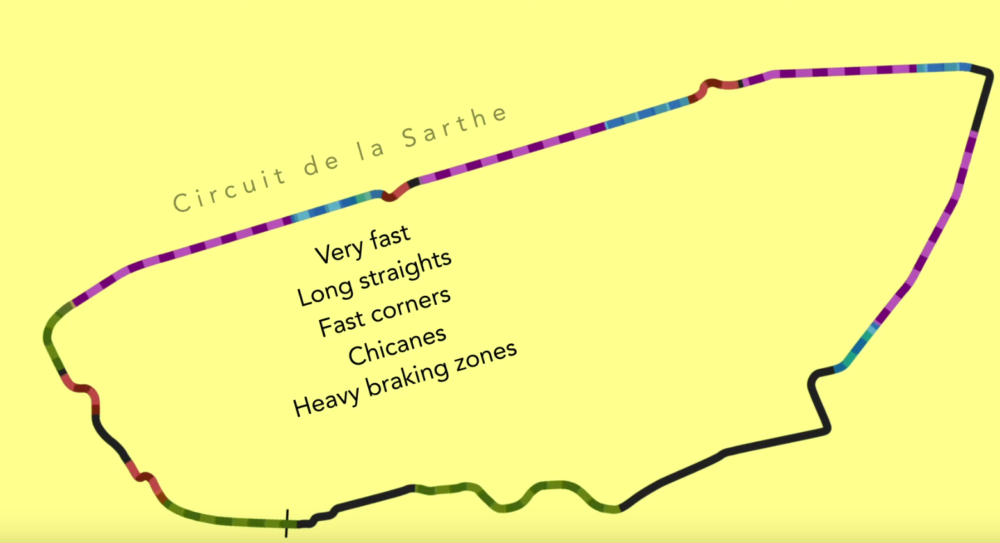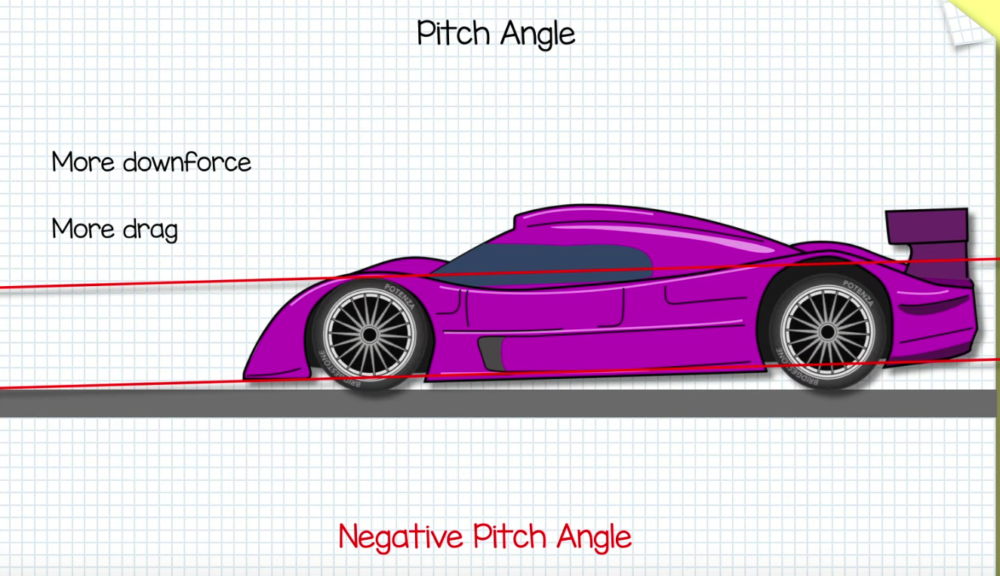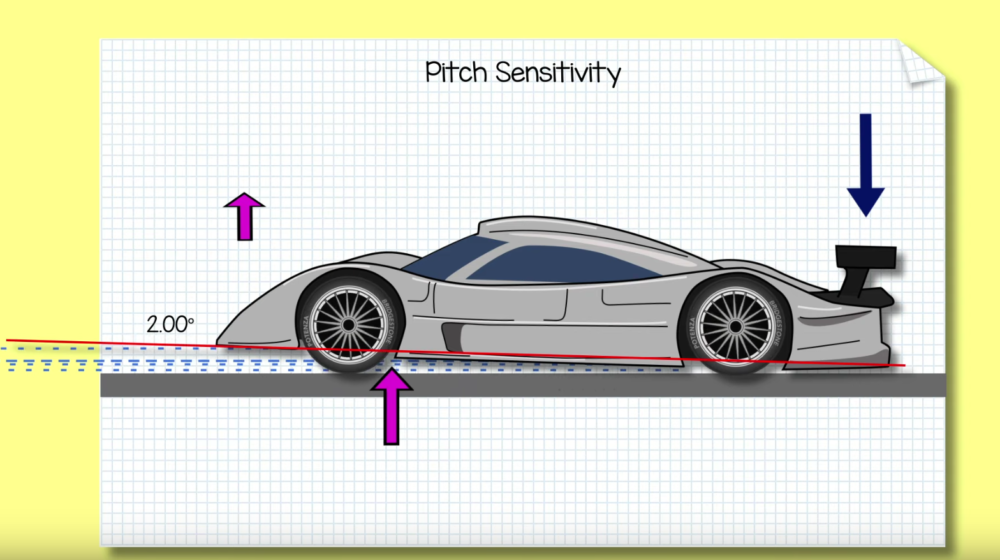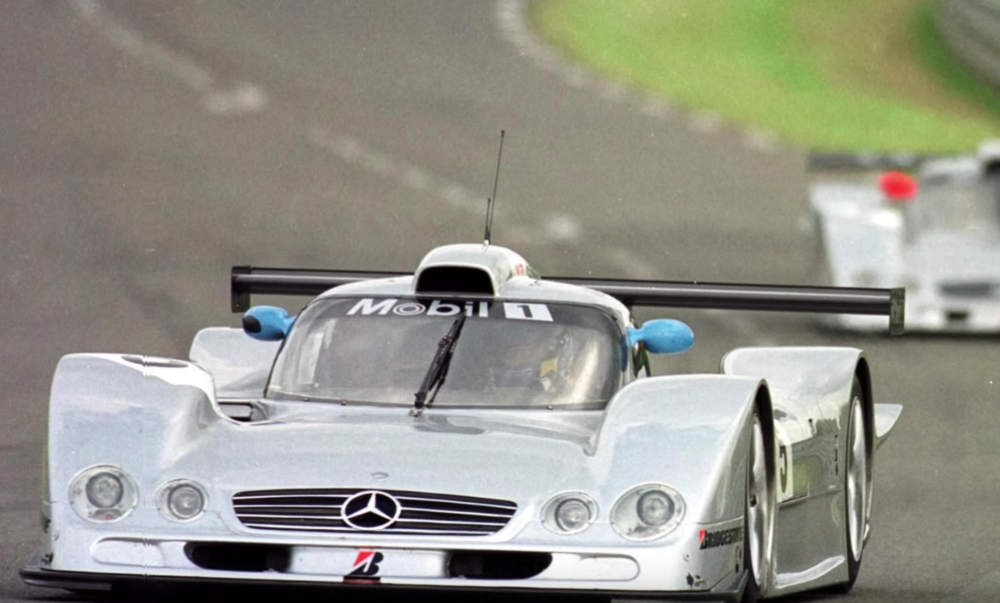How the Mercedes CLR’s Wonky Aero Made it Take Flight at Le Mans
Mercedes was ‘top speed’ hungry back in the late ’90s, but it took a little while to figure out how to keep everything planted on the ground.
There are few tracks in the world that have quite has much reputation and history as Circuit de La Sarthe, known commonly as Le Mans. Although the track has seen a fair share of changes to its layout over the years, it has always been a combination of public roads and private track. As the world’s oldest endurance sports car race, surviving for almost a century’s worth of heritage, its seen its fair share of crazy incidents on track. However, one of the most interesting and widely recognized is when Mercedes’ CLR race car managed to literally fly in air on three separate occasions during one race weekend.
Thanks to Chain Bear F1 and the Autosport YouTube channel, we’ll get to understand a little bit more about how this “aerodynamic instability” came to be on these cars. For some backstory, Mercedes in 1998 had managed a clean sweep of the FIA GT1 championship series and was expected to do the same for the 24 Hours of Le Mans. New for the 1999 year was the Le Mans race featuring its new LMGTP class, which essentially was the most evolved version of any production-based car to the point it barely resembled the original at all while being solely Le Mans focused and designed specifically for the circuit.

Mercedes had something to prove with the CLR, due to the fact that not a single Mercedes managed to finish the 1998 Le Mans race. However, after a season of testing, the car did not seem to be truly competitive among its rivals in the LMGTP class and there were several issues surrounding the design of the car. Mark Webber, future Formula One driver and racing legend, experience such problems in Thursday qualifying for the race, when the car literally did a backflip on one of the main straights of the course.

Despite their continuing troubles, Mercedes managed to achieve a solid qualifying, with all three of their cars within the top ten. However, during the pre-race warm-up even after adding some front downforce and stiffer rear suspension, the Webber’s CLR managed to flip again, taking him completely out of the race. Later in the race, one of the other CLR’s would also flip on the straight, causing Mercedes to quickly retire the third car. In order to understand why this happened, we need to understand the track layout and design.

In order to succeed, the car either needed high downforce for the fast corners or low drag for the long straights. Mercedes chose the latter, making the car as sleek and long as possible, while have a substantially smaller wheelbase than its competitors, in order to increase the front and rear overhangs. In addition, Mercedes ran a neutral pitch angle in comparison to a negative one, in order to yet again reduce drag.

Due to this neutrality, the car was extra sensitive to bumps and dips or aerodynamic changes and any sudden lift in the front end could cause the whole front structure of the vehicle to generate lift instead of downforce while the rear would generate even more downforce and less lift. This instability reaches a critical point at -2.40 degrees where the lift on the front end overcomes the downforce, literally causing the vehicle to begin flying.

In the battle for top speed on the straights, the CLR design was simply too unstable to minor changes in the aerodynamic environment. The result? Mercedes cancelled its endurance car program completely and hasn’t returned to Le Mans since.

Photos: Screenshots from Autosport
